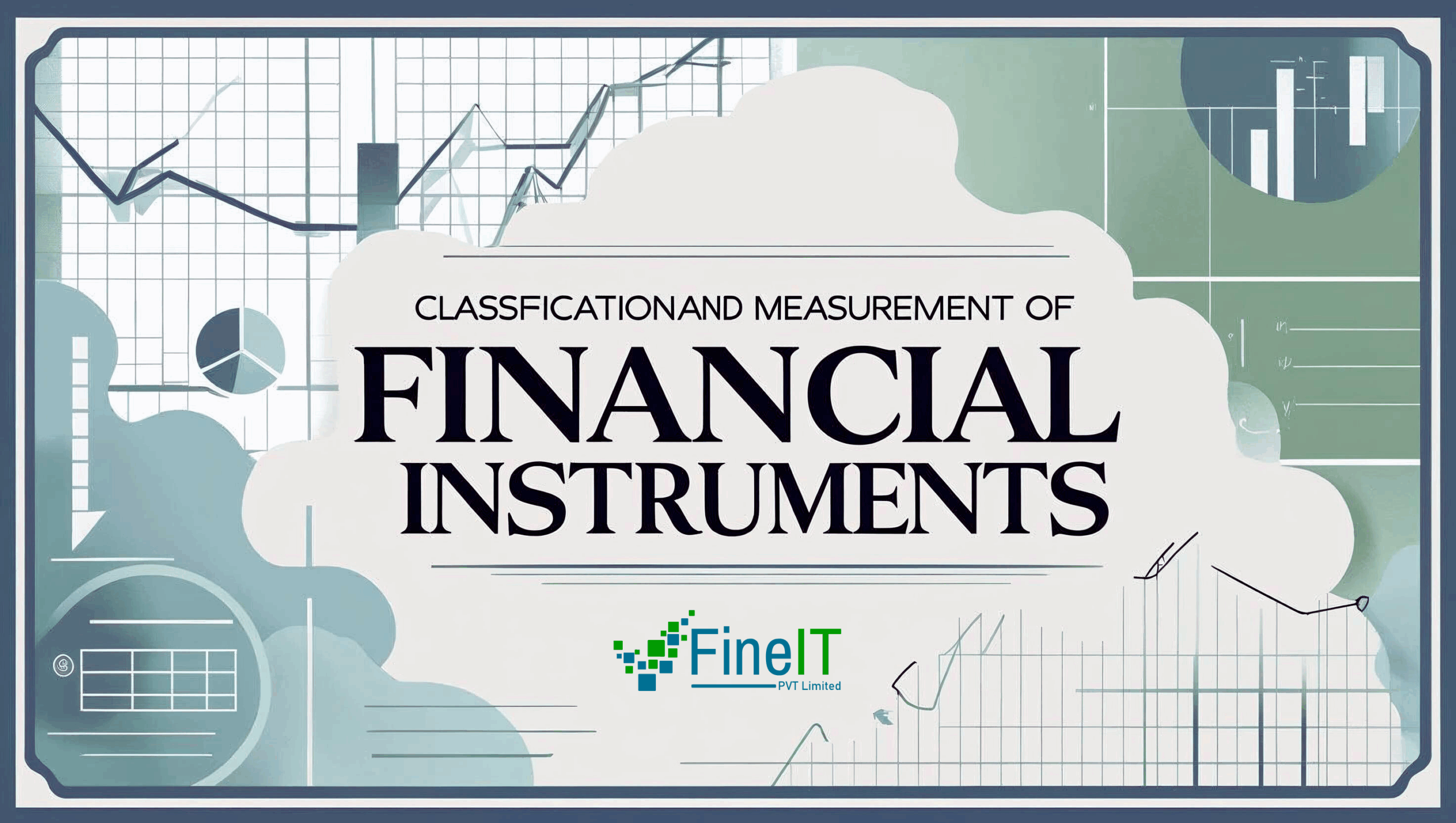Introduction One of the foundational shifts under IFRS 9 is how financial assets are classified and measured. Unlike the more rigid categories under IAS 39, IFRS 9 introduces a principle-based approach, focusing on an entity’s business model and the cash flow characteristics of the financial instrument. This article provides a detailed breakdown to help practitioners correctly classify instruments and avoid regulatory scrutiny.
1. Classification Categories under IFRS 9 Financial assets under IFRS 9 can fall into three main categories:
- Amortized Cost
- Fair Value Through Other Comprehensive Income (FVOCI)
- Fair Value Through Profit or Loss (FVTPL)
2. The Two Key Tests for Classification To determine the correct category, two critical tests must be applied:
a. Business Model Test This test evaluates how a financial asset is managed within an entity. The three recognized business models are:
- Hold to Collect: Objective is to hold the asset and collect contractual cash flows.
- Hold to Collect and Sell: Objective is achieved both by collecting cash flows and selling the asset.
- Other: Managed with an intention to trade or sell (e.g., trading portfolios).
b. SPPI Test (Solely Payments of Principal and Interest) This test checks whether the contractual terms of the financial asset give rise on specified dates to cash flows that are solely payments of principal and interest on the principal amount outstanding.
- If yes, the asset can be measured at amortized cost or FVOCI (depending on the business model).
- If no, it must be classified as FVTPL.
3. Classification Outcomes
| Business Model | SPPI Test Result | Classification |
|---|---|---|
| Hold to Collect | Pass | Amortized Cost |
| Hold to Collect and Sell | Pass | FVOCI |
| Any | Fail | FVTPL |
4. Examples of Classification in Practice
- Retail loans: Usually amortized cost (Hold to Collect + SPPI pass)
- Government bonds for liquidity: Often FVOCI (Hold to Collect and Sell + SPPI pass)
- Equity investments: Typically FVTPL (fail SPPI)
- Structured notes: Often FVTPL due to embedded derivatives (fail SPPI)
5. Accounting Treatments by Classification
| Category | Initial Recognition | Subsequent Measurement | Impairment | Reclassification |
| Amortized Cost | Fair value + costs | EIR method | Yes (ECL) | Only if business model changes |
| FVOCI | Fair value + costs | Fair value; OCI | Yes (ECL) | Yes |
| FVTPL | Fair value | Fair value; P&L | No | No |
6. Special Case: Reclassification of Financial Assets Reclassification is allowed only if the business model for managing financial assets changes. This must be:
- Determined by senior management
- Observable externally (not internal intention changes)
Reclassification is applied prospectively — previous gains/losses are not adjusted retroactively.
7. How to Perform the SPPI Test Key considerations:
- Contractual features like leverage, non-standard interest rates, and prepayment options
- Embedded derivatives that change cash flow nature
Illustrative SPPI Decision Tree:
- Are cash flows linked to inflation, equity index, or commodity prices?
- If yes → likely FVTPL
- Is there a non-standard interest component?
- If yes → examine further
- Are there features like caps, collars, floors?
- Might still pass SPPI depending on risk profile
8. Case Study: Microfinance Loan Portfolio
- Business Model: Hold to collect
- Interest: Fixed rate or linked to base rate
- Contractual terms: No embedded derivatives ✅ Classification: Amortized Cost
However, if the microfinance institution bundles these loans and securitizes them for sale, the business model could shift to “Hold to Collect and Sell,” potentially triggering a change to FVOCI.
9. Real-World Pitfalls
- Misinterpreting prepayment features as SPPI failures
- Classifying long-dated equity investments incorrectly
- Ignoring detailed assessment of business models for portfolios
Conclusion
Correct classification under IFRS 9 is critical — it not only impacts balance sheet presentation but also drives impairment methodology and profit volatility. A robust framework for applying the business model and SPPI tests is essential for compliance and strategic financial reporting.
